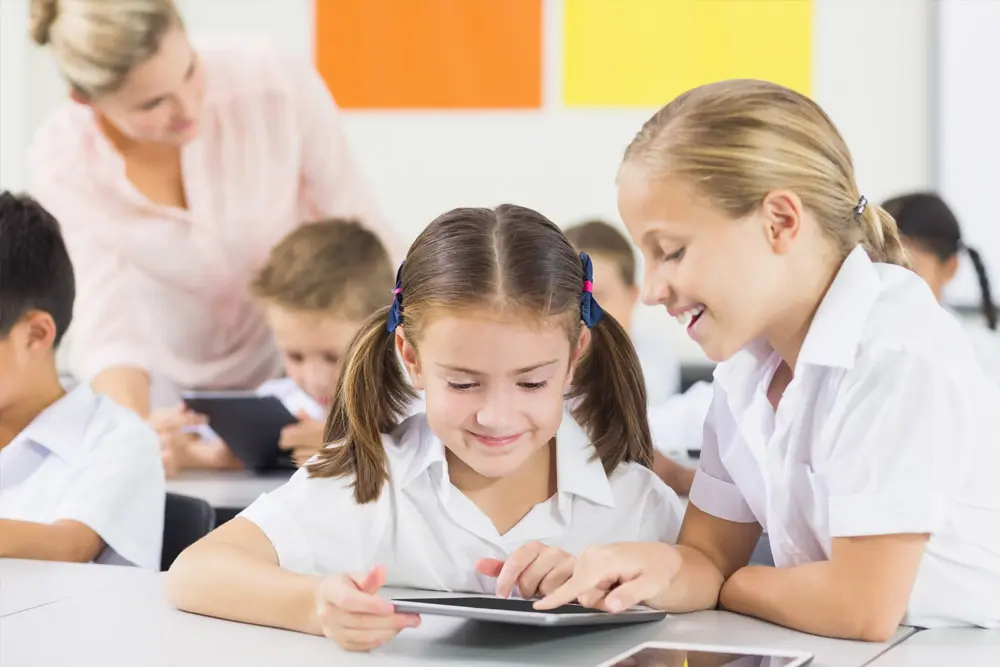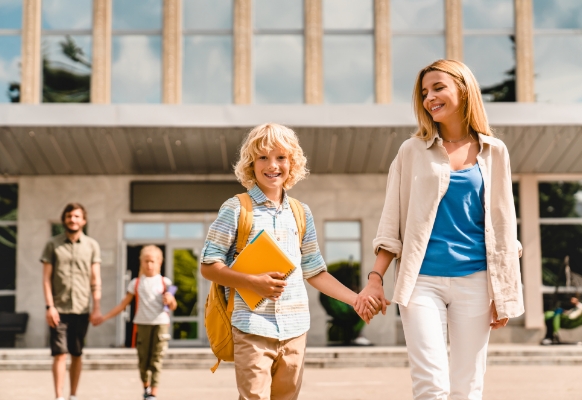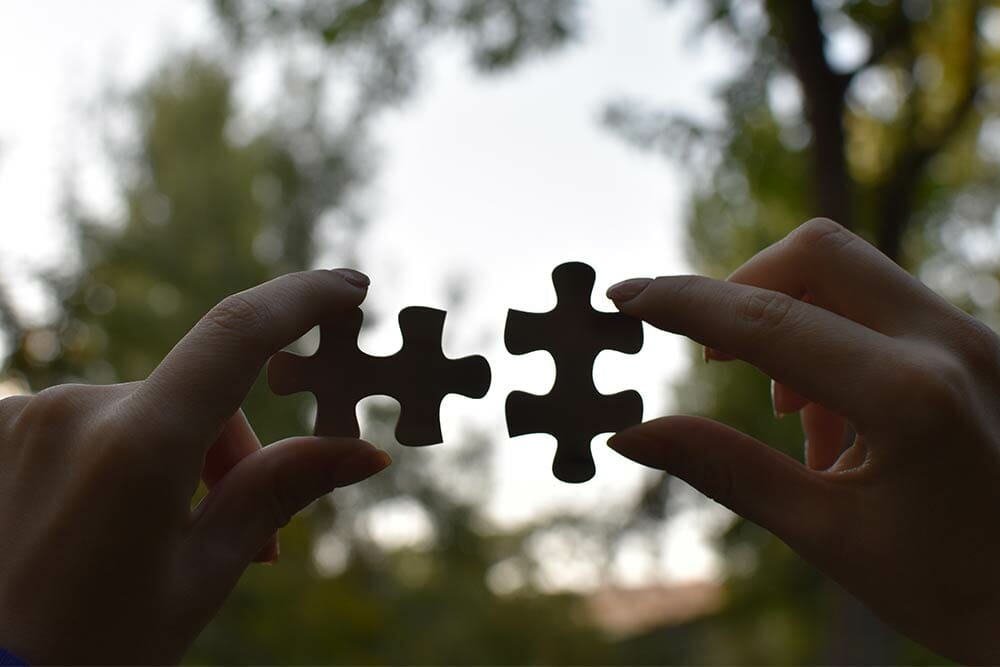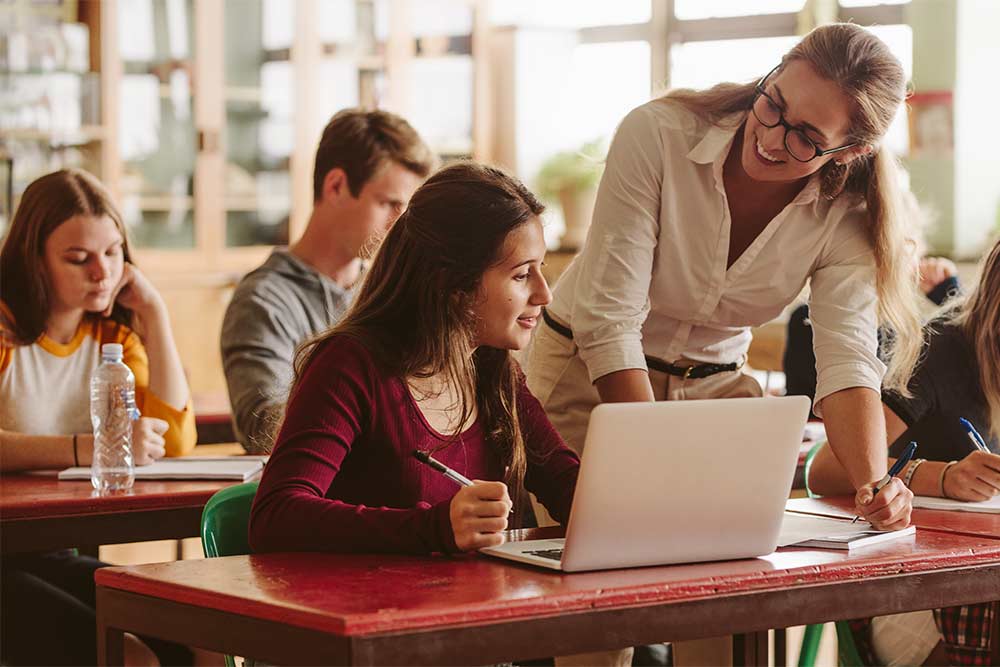2. Building teacher-student relationships in practice
During discussions with a leading school in South Australia, the school’s Wellbeing Leader made an interesting point about the challenges of building teacher student relationships. He described the influx of new year sevens at the start of 2023, including many from very small rural schools and some with identified anxiety issues and prior access to dedicated teachers’ aides.
For this leader, the challenge was how to recreate the same level of special attention at the heart of these students’ previous teacher relationships. As discussed in the whitepaper, asking teachers to carve out time for regular deep one-on-one time with every student is unsustainable in an average classroom.
In consultation with leading education expert Associate Professor Lorraine Hammond, we explored the idea that exclusive relationship-building time – outside of teaching and learning – is not the most effective way to build and benefit from strong teacher-student relationships.
After an initial read of the draft whitepaper, Associate Professor Hammond said she “was reminded of an acting principal in a large K-12 school with plenty of student wellbeing issues. He listened to me talking about pedagogy and engagement through instruction to the staff on one of the days before school started a few years ago. He told the attendees that what I had said was ‘all very well’, but their focus for the next two weeks was to ‘build relationships with the students.’ I pulled him aside and asked how he thought staff might do that. He had no suggestions other than ‘getting to know you games’.
“In the metropolitan, regional and remote schools I work in around Australia, we build relationships and student wellbeing through instruction and predictable routines. Our teachers teach at pace and use Engagement Norms. This reduces off-task behaviour by maintaining student participation and engagement.”





